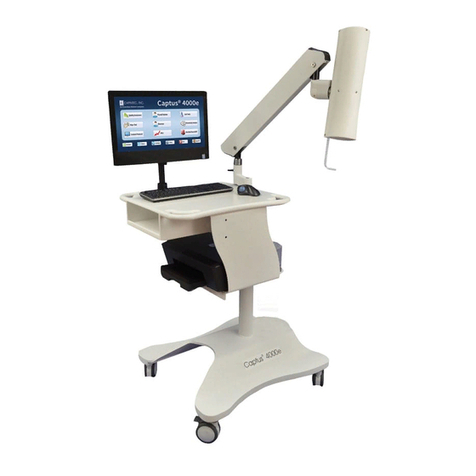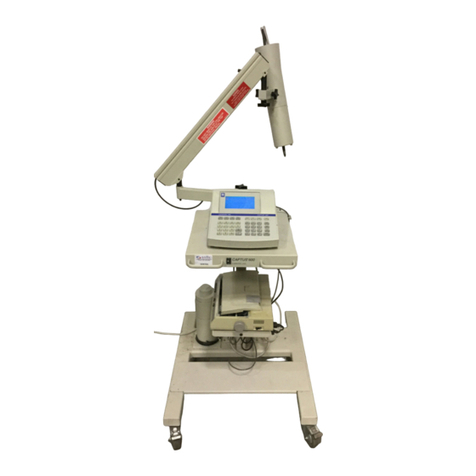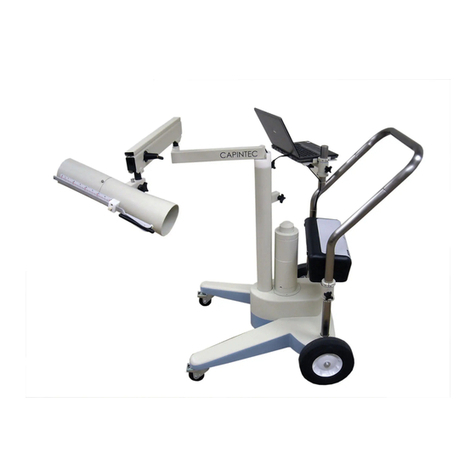
CAPINTEC, INC CAPTUS®2000
LAB TESTS
Schilling Test............................................................................................... 8-2
Setup Counting Parameters ............................................................ 8-3
Adding Patients ............................................................................... 8-4
Editing Patient Information .............................................................. 8-6
Deleting Patient Information ............................................................ 8-6
Making Measurements .................................................................... 8-8
Test Results .................................................................................... 8-11
Printing Results ............................................................................... 8-12
Dicopac®Test.............................................................................................. 8-14
Adding Patients ............................................................................... 8-15
Editing Patient Information .............................................................. 8-16
Deleting Patient Information ............................................................ 8-17
Making Measurements .................................................................... 8-18
Test Results .................................................................................... 8-23
Printing Test Results ....................................................................... 8-23
Blood Volume Test...................................................................................... 8-26
Adding Patients ............................................................................... 8-26
Editing Patients ............................................................................... 8-29
Deleting Patient Information ............................................................ 8-29
Making Measurements .................................................................... 8-30
Test Results .................................................................................... 8-35
Printing Test Results ....................................................................... 8-36
RBC Survival Test....................................................................................... 8-38
Adding Patients ............................................................................... 8-39
Editing Patient Information .............................................................. 8-41
Deleting Patient Information ............................................................ 8-41
Making Measurements .................................................................... 8-43
Test Results .................................................................................... 8-47
Printing Test Results ....................................................................... 8-47
BIOASSAY
Bioassay Setup ........................................................................................... 9-2
Efficiency Measurements ............................................................................ 9-3
Printing Efficiency Results........................................................................... 9-6
Adding Staff................................................................................................. 9-8
Editing Staff Information.............................................................................. 9-9
Deleting Staff Information............................................................................ 9-9
Making Measurements................................................................................ 9-10
Results ........................................................................................................ 9-13
Printing Results ........................................................................................... 9-13
MCA
Setup Menu................................................................................................. 10-2
Setting Presets ................................................................................ 10-2
High Voltage/Amplifier Adjustment.................................................. 10-3
ADC/Zero Adjustments.................................................................... 10-4
Quick Calibration Restore ............................................................... 10-5
TOC-4 TABLE OF CONTENTS February 01






























